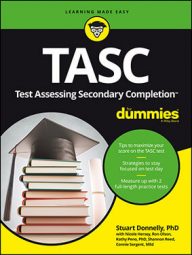These details and ideas provide support for the main idea and themes of a reading passage. In other words, they help explain the main idea. These details may be examples, descriptions, evidence, statistics, or facts.
For example, read this excerpt from The Calling of Katie Makanya, by Margaret McCord (Wiley):
The town around the railroad station was ugly but the location was worse than any place Katie had ever known. Here the iron houses, streaked with rust, seemed to push their way into the road. Broken windows were patched with scraps of wood and stuffed with rags. Few people wandered about in the heat of the day, though Katie heard a mumble of voices behind the walls, the whimpering of children, a quick burst of laughter. Occasionally from an open door a shrill voice called out a greeting to Charlotte, who waved and hurried on as if she did not notice the stink of urine, garbage, and stale smoke.What is the main idea of this paragraph? If you said the passage describes the poverty of the neighborhood you are correct. What are the supporting details that the author provides? She describes the details of the poverty: the rusty iron houses, the stink of urine and garbage, and the broken windows. How do these details help you when reading this paragraph? They make the passage more interesting and help the reader to get a clearer picture of what the neighborhood is like.
Try another example:
The weather in Florida is very hot most of the year. In January and February, the average temperature is 75 degrees but rises to 78 degrees in March and April. In May and June, Floridians usually experience temperatures in the mid-80s, with increasing humidity at this time. However, once July rolls around, average temperatures can climb into the 90s and stay that way through September. October brings some relief, with less humidity and cooler temperatures, mainly in the low 80s. In November and December, those living in or visiting Florida can expect beautiful weather, with temperatures in the low to mid-70s on average. Overall, Florida is one of the hottest states in the U.S.What is the main idea? Florida's weather is hot, right? What supporting details does the author provide? The author gives details about the average temperatures throughout the year as well as the level of humidity that you can expect to experience there. What would this passage be like if the author only provided the first and last sentence? Pretty boring, right? Can you see how important supporting details are to your reading comprehension?

